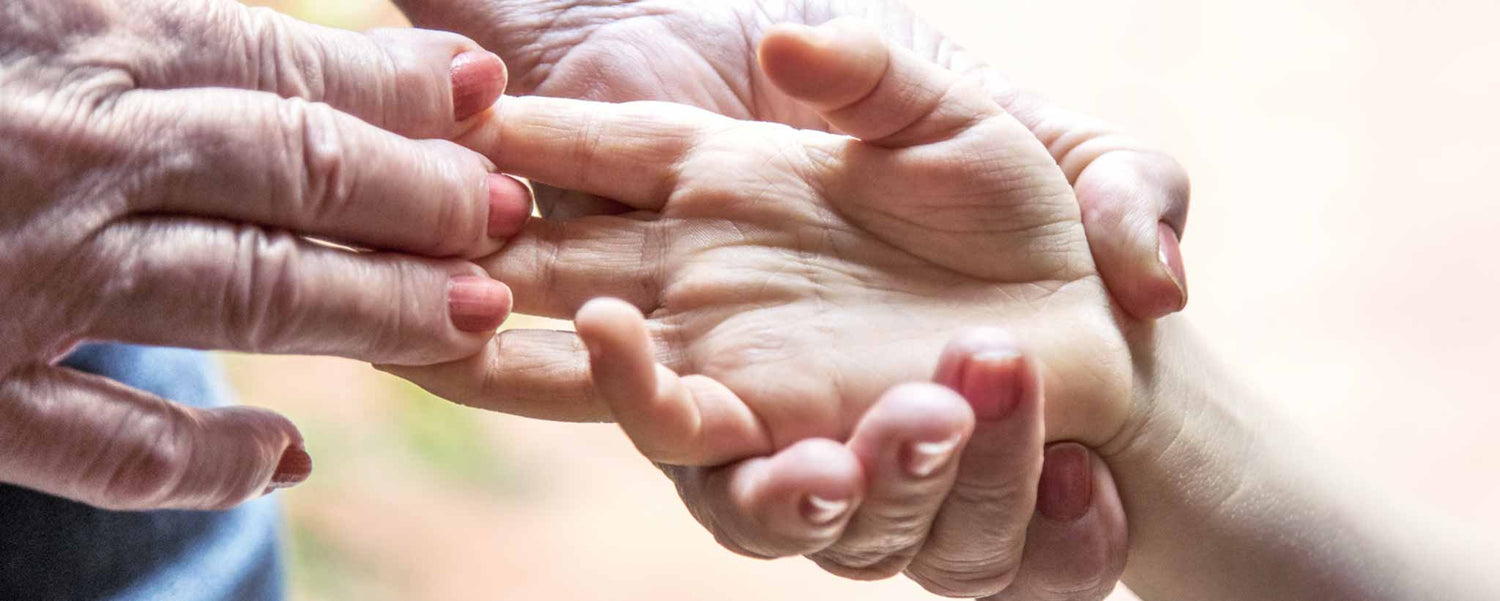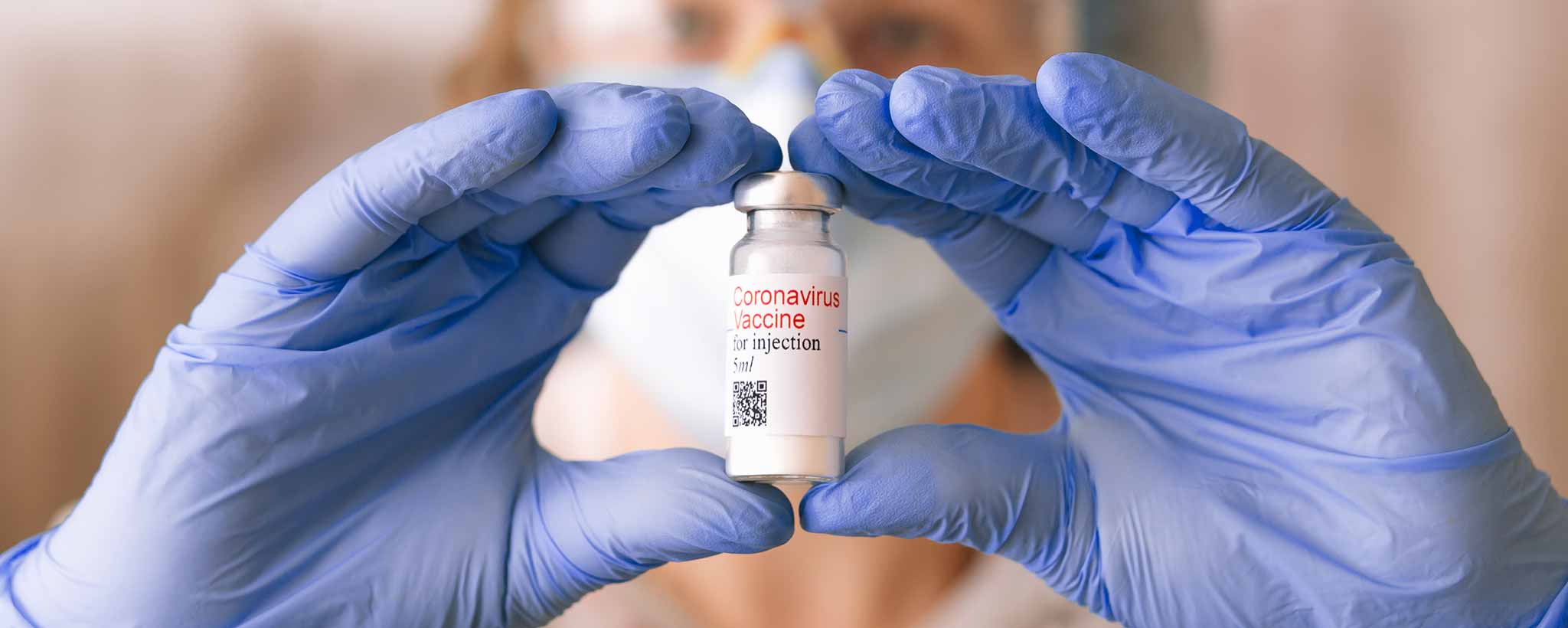Juvenile, or childhood, arthritis is a broad term used to describe the many autoimmune and inflammatory conditions that can develop in children under 17.
No Arthritis Age Restriction
July is Juvenile Arthritis Awareness Month
Do you consider arthritis to be a geriatric disease? As we age, the yolk-like synovial fluid that lubricates the joints is not as plentiful. Stress might affect weight-bearing joints over time. So we expect that there would be some resulting discomfort. But there are different forms of arthritis and the cause is not as simple as synovial fluid depletion nor is this ravager of mobility limited to the elderly.
Arthritis is a complex family of musculoskeletal disorders. It consists of more than 100 different diseases or conditions that destroy joints, cartilage, bones, muscles, and other connective tissues. This hinders and impairs physical movement.
Osteoarthritis is the most common joint disease caused by injury or normal wear-and-tear on aging joints. By contrast, rheumatoid arthritis is a chronic, progressive autoimmune disorder. In response to an unknown trigger, the body makes antibodies that attack its tissues—primarily the joints, although they can also affect other body parts. Prompt diagnosis and regular treatment are required to protect joints.
Types of Juvenile Arthritis
With no known cause, juvenile arthritis, also known as pediatric rheumatic disease, is a broad term used to describe the many autoimmune and inflammatory conditions that can develop in children under 16 years of age.
- Juvenile idiopathic arthritis (JIA). Considered the most common form of arthritis, JIA includes six subtypes: oligoarthritis, polyarthritis, systemic, enthesitis-related, juvenile psoriatic arthritis, or undifferentiated.
- Juvenile dermatomyositis. An inflammatory disease, juvenile dermatomyositis causes muscle weakness and a skin rash on the eyelids and knuckles.
- Juvenile lupus. Lupus is an autoimmune disease. The most common form is systemic lupus erythematosus or SLE. Lupus can affect the joints, skin, kidneys, blood, and other areas of the body.
- Juvenile scleroderma. Scleroderma, which means “hard skin,” describes a group of conditions that causes the skin to tighten and harden.
- Kawasaki disease. This disease causes blood-vessel inflammation that can lead to heart complications.
- Mixed connective tissue disease. This disease may include features of arthritis, lupus dermatomyositis, and scleroderma, and is associated with very high levels of a particular antinuclear antibody called anti-RNP.
- Fibromyalgia. This chronic pain syndrome is an arthritis-related condition, that can cause stiffness and aching, along with fatigue, disrupted sleep, and other symptoms. More common in girls, fibromyalgia is seldom diagnosed before puberty.
Arthritis Treatment Options
Medications used to treat juvenile arthritis can be divided into two groups:
- Drugs that help relieve pain and inflammation (nonsteroidal anti-inflammatory drugs or NSAIDs, corticosteroids and analgesics).
- Drugs that can alter the course of the disease, put it into remission, and prevent joint damage, a category known as disease-modifying anti-rheumatic drugs (DMARDs) and a newer subset known as biologic response modifiers (biologics).

Some may not view him as an authority, but according to Dr. Oz, there are alternative health treatments designed to reduce the pain of inflammatory conditions. Though non-restorative, they can offer symptomatic relief. A study of 204 people with hand osteoarthritis found that using arnica gel (available over the counter in your local pharmacy at about $10 per tube) for 21 days worked as well as ibuprofen.
In a 2012 study, about a third of patients experienced substantial pain relief from acupuncture. This could be a low-cost substitute for knee surgery. Researchers believe the needles, when properly applied, may trigger nerves to signal the brain to release endorphins that naturally dull pain.
Arthritis Research Funding Opportunities
Extensive research is underway to better understand the genesis and progression of arthritis. Dr. Neil Segal focuses on ways to use common imaging techniques, like X‑rays, CT scans or MRIs to generate maps of the stress on the cartilage in the knee joint. Research continues to help adults and youths cope with this disease which can feel debilitating.
To support the writing of useful articles about rheumatology, ClinicalPosters sells human anatomy charts, scientific posters, and other products online. You may sponsor specific articles, become a ClinicalNovellas Member, or remit a small donation.
ClinicalPosters sells human anatomy charts, scientific posters, and other products online to offset expense of the writing useful articles about rheumatology. Slide extra posters into DeuPair Frames without removing from the wall.
Show your support by donating, shopping for ClinicalPins, becoming a ClinicalNovellas Member, or leaving an encouraging comment to keep the research going.
To support the writing of useful articles about rheumatology, ClinicalPosters sells human anatomy charts, scientific posters, and other products online. You may sponsor specific articles or remit a small donation.
ClinicalPosters sells human anatomy charts, scientific posters, and other products online to offset expense of the writing useful articles about rheumatology. Slide extra posters into DeuPair Frames without removing from the wall.
ClinicalPosters sells human anatomy charts, scientific posters, and other products online. You may remit a small donation or become a ClinicalNovellas Member.
You can support the writing of useful articles about rheumatology by sponsoring specific articles, becoming a ClinicalNovellas Member, or remitting a small donation. Visible content is optimized for device size.








